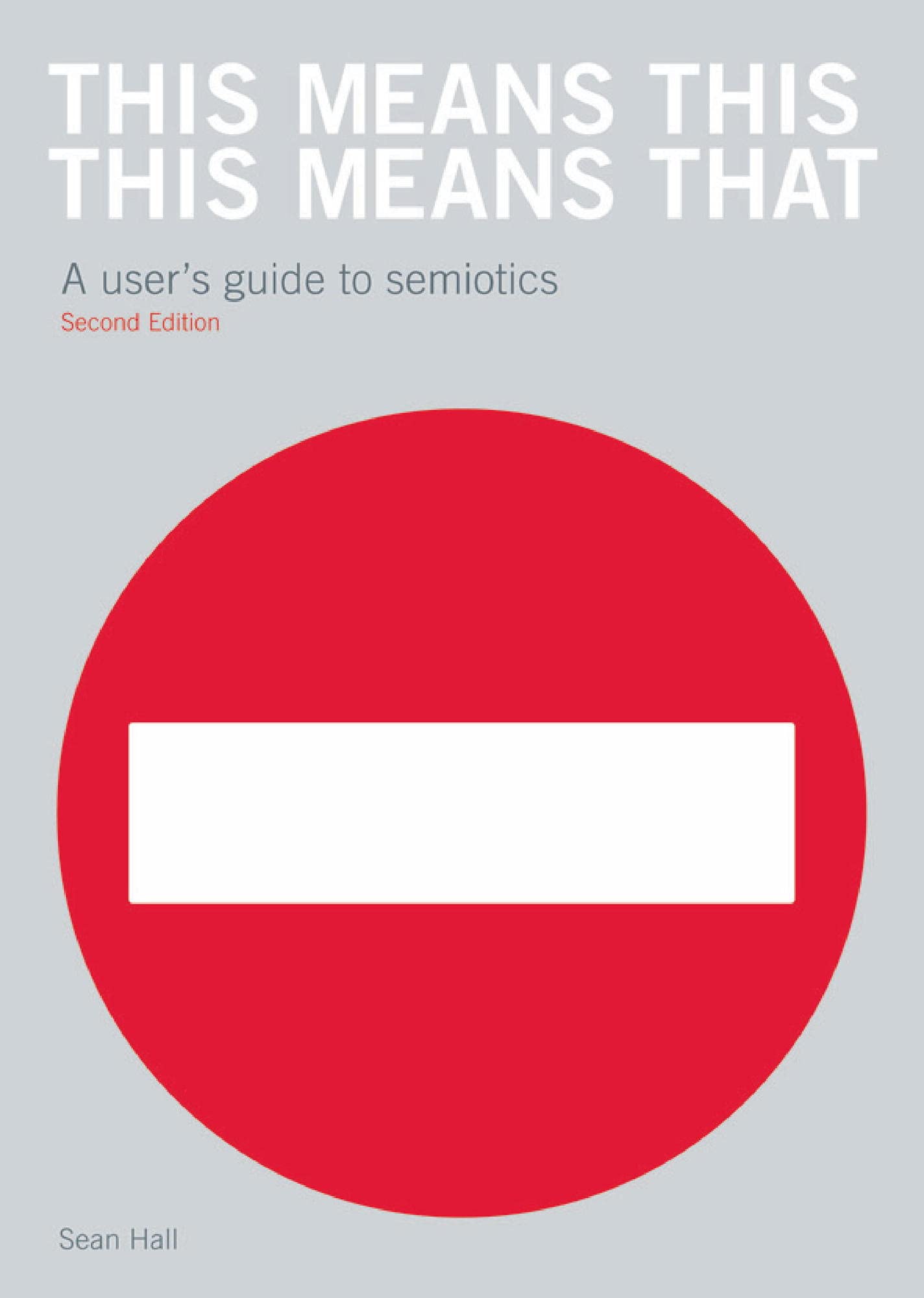What do you think?
Rate this book


Divided into 75 key semiotic concepts, each section of the book begins with a single image or sign, accompanied by a question that invites us to interpret what we are seeing. Turning the page, we can compare our response with the theory behind the sign. In this way, we actively engage in creative thinking. Read straight through or dipped into regularly, this book provides practical examples of how meaning is made in contemporary culture.
270 pages, Kindle Edition
First published October 4, 2007